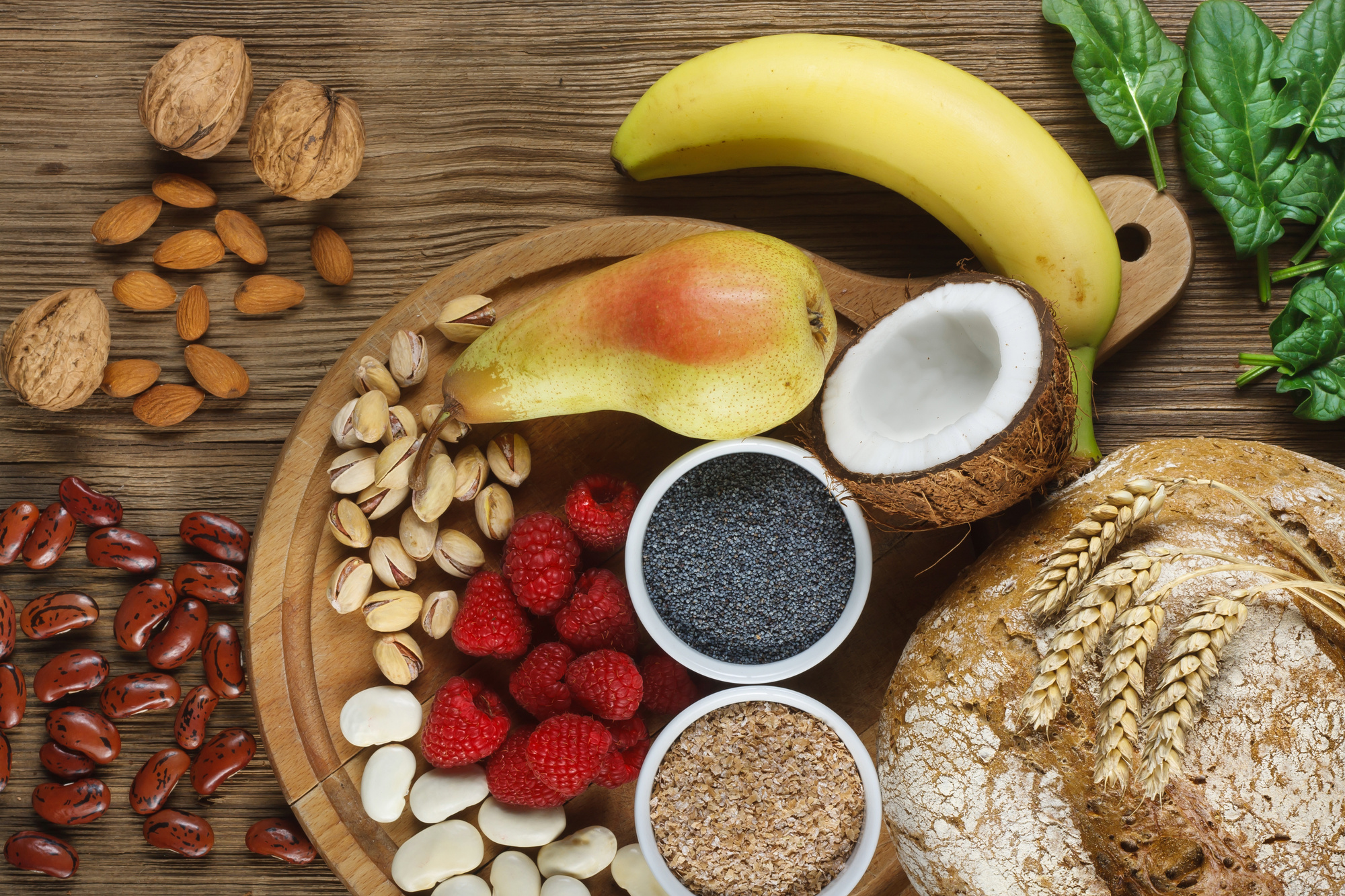
Contrary to popular opinion, fat is actually good for weight loss. In fact, government guidelines suggest at least 10% of calories to come from healthy fats.
The problem with fats come from two sources. First, people tend to eat more than the maximum limit of 35% of calories. Second, people choose the wrong types of fats.
For a balanced diet that promotes healthy weight loss, fat intake should come mostly from unsaturated fat and a limited amount of saturated fat foods. Why is this the recommendation?
To understand this, there’s a need to understand the difference between saturated vs unsaturated fats.
How are High Fat Foods Healthy?
When healthy unsaturated and saturated fat foods are included in the diet, this helps to build and repair the body. High-fat foods help
- Repair and rebuild cells
- Provide needed nutrients
- Provide energy
Good fats, balanced with healthy proteins and carbs, actually help the body burn more calories and repair body systems for healthy use. This means creating a good balance of nutrients to help the body function properly, including a good balance of saturated and unsaturated fats.
This also means staying away from foods with empty calories, even if saturated or unsaturated fats are used to cook the foods.
Using fat to create a healthy balance is the important factor. When considering fats, this also means staying clear of trans-fats.
Saturated vs Unsaturated Fat
What’s the difference between saturated and unsaturated fats? The main difference comes from the number of hydrogen molecules that saturate the fats.
While guidelines suggest getting 35% of calories from fats, the guidelines also suggest getting less than 10% of these calories from saturated fats.
Saturated Fats
As the name suggests, saturated fats are more saturated with hydrogen molecules. This saturation makes these fats solid at room temperature.
Saturated fats used to get a bad rap because people thought they increased LDL cholesterol that could increase the chance of heart disease. New studies have changed this thinking though.
One recent study actually shows that consuming dairy products, a major source of saturated fats, can actually reduce the chance of stroke. More research is needed, but the consensus seems to show that saturated fat can add to a healthy diet in moderation.
The health benefits seem to rely on the type of saturated fats consumed. Longer-chain saturated fats seem to have better benefit than shorter-chain fats. Saturated fats are found in:
- Dairy products
- Fatty pieces of animal meats such as beef and pork
- Tropical oils such as coconut or palm oil
These types of saturated fats can prove useful in moderation. Saturated fats can actually increase the good cholesterol that helps decrease the chance of heart disease. Saturated fats can also change bad cholesterol, making it less harmful to the body.
Saturated fats, like all fats, help provide energy to the body as well.
Another benefit is the protection that saturated fats provide to cells and membranes in the body. Saturated fats have also been shown to increase brain function.
Experts still advise against eating processed and pre-packaged foods that include saturated fats though as this adds empty calories to your diet. To get the best benefit from fats, it’s best to get them from good sources.
With research still ongoing, experts still advise keeping total saturated fats to a minimum.
Unsaturated Fats
Unsaturated fats do not have the same level of hydrogen molecules. There are two types of unsaturated fats. These two types are monounsaturated and polyunsaturated.
Both types of unsaturated fats are liquid at room temperature. The difference involves the number of bonds in the fats that reduce the hydrogen levels.
Monounsaturated fats only have one double bond. Polyunsaturated fats have two or more double bonds in their structure. It is recommended that most of the fat intake comes from either of these unsaturated fats.
Polyunsaturated fats have Omega-3 fatty acids that are essential for the body’s ability to reduce bad cholesterol. This is a form of fatty acid the body cannot make itself. Omega-3s can take many forms, but the most needed form is alpha-linolenic acid (ALA).
ALA and other fatty acids found in Omega-3 foods help protect cells, membranes, and body functions. Foods high in Omega-3 include
- Fish such as salmon or trout
- Some kinds of seafood
- Walnuts
- Certain plant oils such as sunflower oil
Some other foods such as eggs, milk, and juice have been fortified with Omega-3. While this can help maintain this essential fatty acid, it’s still best to get them from foods where Omega-3 occurs naturally.
Omega-3 fatty acids also help promote weight loss and prevent inflammation making these fats useful for any weight loss program. Other good unsaturated fats include nuts and nut butters, avocados, and olive oil.
Unsaturated fats also contain Omega-6 fatty acids which are another essential fatty acid for the body. Omega-6 helps increase energy making it another good source for a healthy weight loss program.
The Bottom Line
While nutritionists continue to research the usefulness of saturated and unsaturated fats, experts continue to encourage unsaturated fats over saturated fats. Both forms of fat provide essential nutrients and energy for the body though.
The important thing is to include fats in a healthy balanced diet. By eating balanced meals, the body can get the most out of the needed nutrients provided by the food.
Including fats, especially unsaturated fats can help increase weight loss too as long as they’re eaten in moderation. Fats can also increase energy so the body can breakdown fat and move more efficiently during exercise.
A Balance for Weight Loss
Don’t let the word fat scare you.
Including saturated and unsaturated fat in a balanced diet can actually help the body break down nutrients from other foods. It’s important to include a balance of healthy lean meats, quality sources of fat, and plenty of fruits and veggies with meals.
Combining a healthy diet with an exercise program can increase weight loss. For more information about creating a balanced diet, check out these other weight loss tips.












